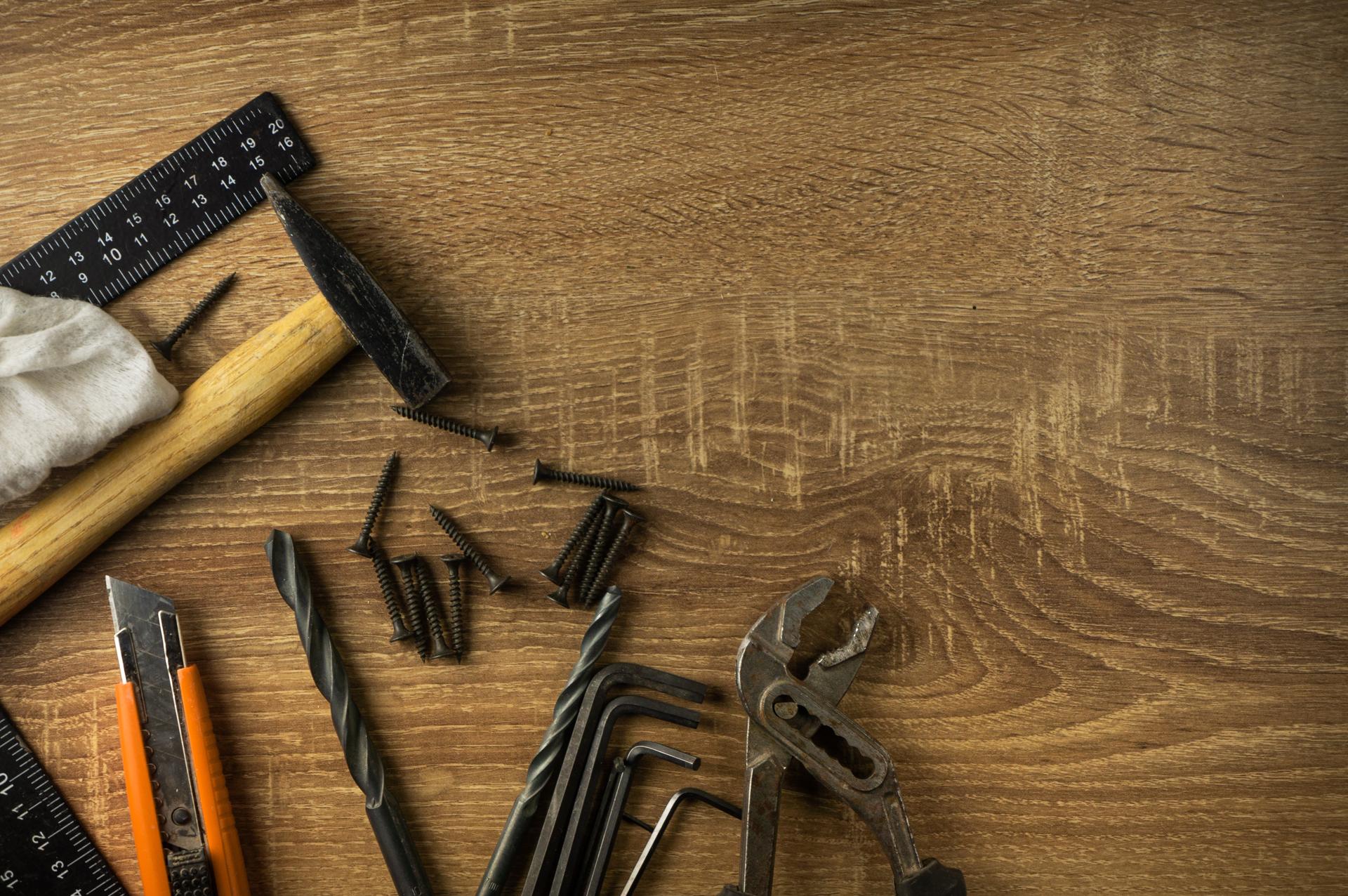Refuse to Call a Plumber! Find Out How to Repair Common Plumbing Issues Yourself

Plumbing systems are an integral element of any household. Without proper maintenance, they can become an issue for many that can lead to frustration and expensive repairs.
But, there are many advantages of learning to resolve small plumbing problems yourself, including saving money as well as gaining valuable abilities. This article we will discuss common plumbing issues and how to fix them yourself. them.
Common Plumbing Problems
Dripping Faucets
Dripping faucets aren’t only irritating, they also waste a significant quantity of water in the course of time. The most common cause of a dripping faucet is a worn washer or O-ring. To fix this issue shut off water to your faucet. Then, remove the handle, and replace the worn-out O-ring or washer.
Running Toilets
A running toilet is a common plumbing issue that can result in a significant loss of water. The most frequent reason is a malfunctioning flapper valve that isn’t sealing properly, allowing water escape from the tank and into the bowl. To fix this issue shut off the water supply to the toilet, take off the lid from the tank, and adjust or replace the flapper valve.
Clogged Drains
Drains that are clogged can be caused by various things such as soap, hair, or food particles. To fix this issue, you can try using the plunger or drain snake to clear the obstruction. Alternatively, you can make a paste of baking soda and vinegar to break up the blockage.
Low Water Pressure
Low pressure water in the pipes is often caused by a number of reasons, such as the buildup of minerals in pipes or a defective pressure regulator. To fix this issue, you can try cleaning the aerator or replacing pressure regulator.
Tools Required for DIY Plumbing
To carry out DIY plumbing, you will need a few essential tools, such as an adjustable wrench, a plunger pipe wrench, Teflon tape and screwdriver. The tools you have on hand will help you repair minor plumbing problems.
Tips to be Safe when doing your own plumbing
Security should be the top priority when performing any plumbing repair DIY. Some tips for safety to consider include turning off the water supply prior to beginning any repair, wearing gloves and safety glasses and having a first aid kit in case emergency situations.
DIY Plumbing Techniques
To resolve common plumbing issues it is necessary to learn some DIY plumbing methods, such as how to shut off water flow or repair a leaky faucet and how to fix an unresponsive toilet and how to clear the drain, and how to increase water pressure. These tips can help you save time and money on small plumbing repairs.
Conclusion
In conclusion, learning how to repair minor plumbing problems yourself can be beneficial in various ways. It’s not just a way to help you save costs, but you will also give you a sense of accomplishment and valuable abilities. For more serious plumbing issues, it’s always better to consult a professional plumber.
FAQ
Can I fix a plumbing problem myself?
Yes, you are able to fix minor plumbing issues yourself, by learning basic DIY plumbing techniques.
Are there any frequently encountered plumbing problems?
The most frequent plumbing issues are dripping taps and toilets that run, blockages in drains, as well as low water pressure.
What tools do I require to do my own plumbing?
There are a few essential tools such as a plunger, adjustable wrench, pipe wrench, Teflon tape, and an screwdriver.
Is DIY plumbing safe?
DIY plumbing is secure if you adhere to safety guidelines and take proper precautions.
When should I contact a professional plumber?
You should contact a licensed plumber to address plumbing issues that require special equipment and knowledge.
